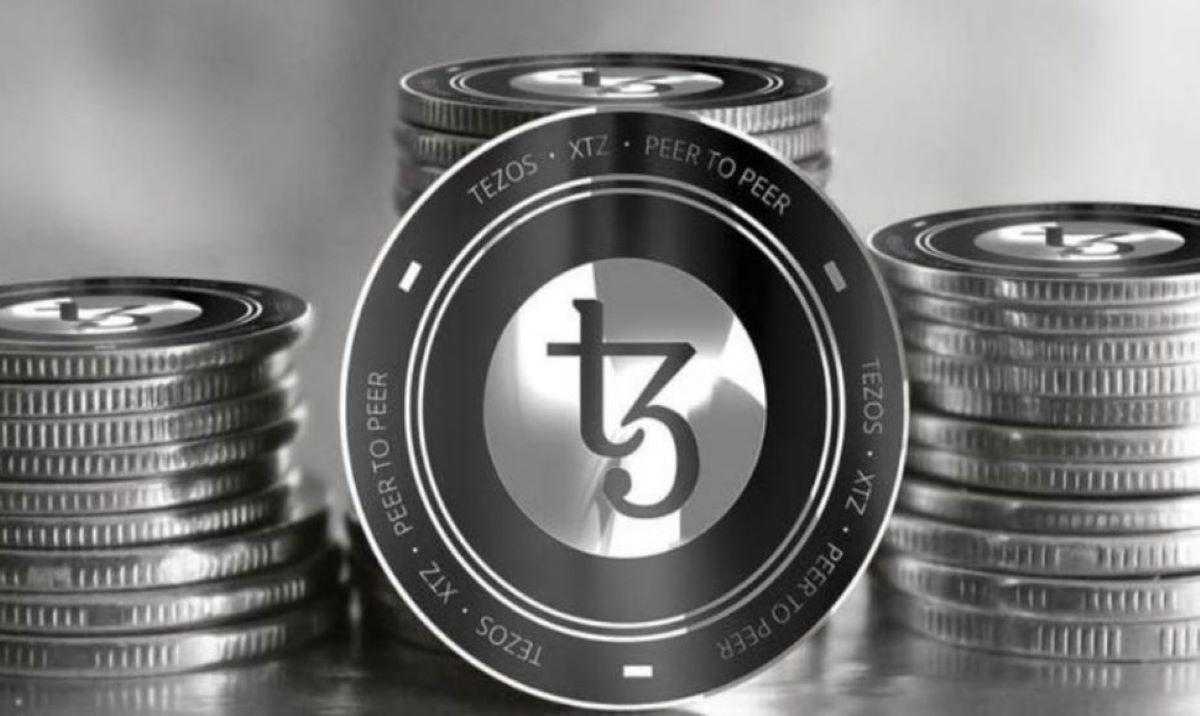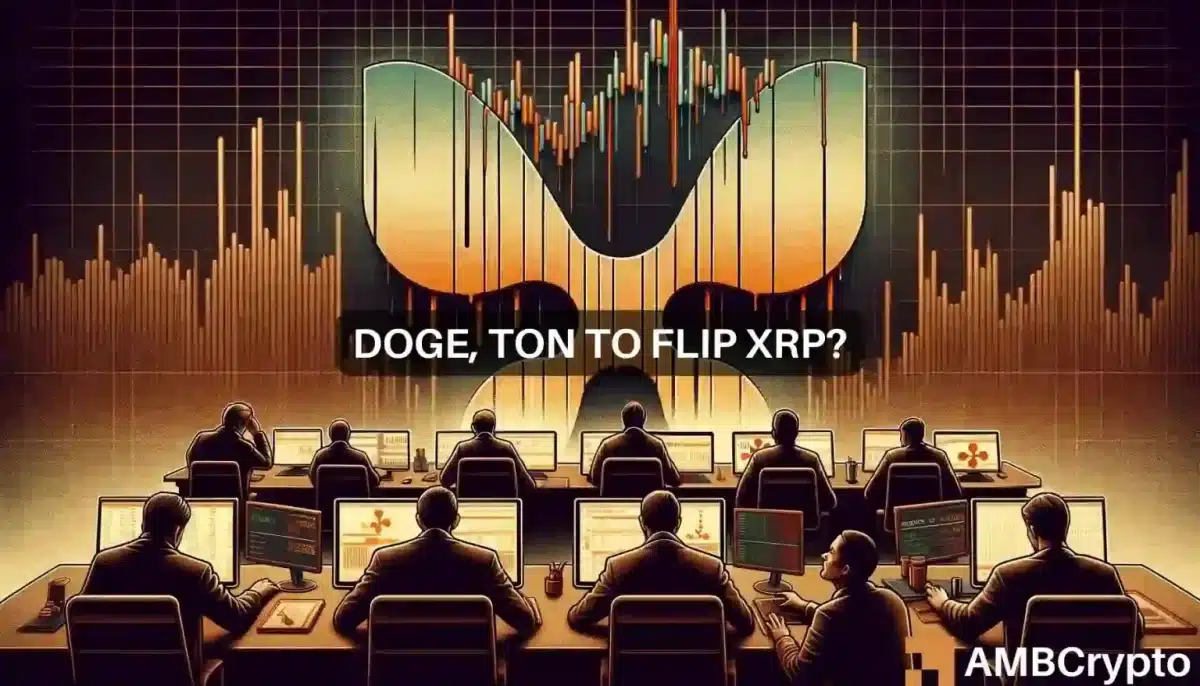A to Z about Tezos Coin
Tezos (XTZ):
Owner: Tezos is a decentralized blockchain platform, and it does not have a single owner. Instead, it is governed by its community and stakeholders through a process known as on-chain governance. The Tezos Foundation, which is responsible for the development and promotion of the Tezos platform, plays a significant role, but it is not the sole owner. Ownership of Tezos is distributed among token holders.
Uses: Tezos has several uses and functionalities within its ecosystem:
- Smart Contracts: Tezos is a blockchain platform that supports the creation and execution of smart contracts. Smart contracts are self-executing agreements with the terms of the contract directly written into code. They can be used for a wide range of applications, including decentralized applications (dApps), token issuance, and more.
- Staking: Tezos uses a proof-of-stake (PoS) consensus mechanism, allowing token holders to participate in staking. Stakers help secure the network and earn rewards for their contributions.
- Governance: Tezos has an on-chain governance system that allows token holders to propose and vote on protocol upgrades and changes. This gives the community a say in the evolution of the platform.
- Token Transfers: XTZ, the native cryptocurrency of Tezos, is used for transferring value within the network and for paying transaction fees.
Seed Sale: Tezos conducted one of the largest initial coin offerings (ICOs) in 2017, raising over $230 million in its token sale. However, the Tezos ICO was not without controversy and legal disputes related to its governance and management.
Working Principles and Limitations: Tezos is designed based on several working principles and has its own set of limitations:
- On-Chain Governance: One of Tezos’ key features is its on-chain governance, which allows token holders to propose and vote on protocol upgrades. This process aims to make the platform self-amending and adaptable.
- Proof of Stake: Tezos uses a PoS consensus mechanism, which is energy-efficient and allows token holders to participate in network validation and governance through staking.
- Limitations: While Tezos offers flexibility and on-chain governance, it may face challenges related to network congestion, transaction costs, and adoption, similar to other blockchain platforms.
- Evolving Ecosystem: Tezos is continuously evolving, and its limitations may change over time as the community makes protocol upgrades and improvements.
Current Value: To check the current value of Tezos (XTZ), you can visit cryptocurrency market data websites or search for it on major cryptocurrency exchanges. The price of XTZ can vary based on market demand and supply.
How to Buy and Sell Tezos (XTZ): To buy and sell Tezos, you can follow these general steps:
- Select an Exchange: Choose a cryptocurrency exchange that lists Tezos (XTZ). Some popular exchanges for trading XTZ include Kraken, Binance, and Coinbase.
- Create an Account: Sign up for an account on your chosen exchange, complete any necessary identity verification (KYC) procedures, and secure your account.
- Deposit Funds: Deposit funds into your exchange account, typically in the form of other cryptocurrencies (e.g., Bitcoin or Ethereum) or fiat currency.
- Buy XTZ: Place a buy order for XTZ on the exchange, specifying the amount you want to purchase and the price at which you’re willing to buy.
- Secure Storage: After purchasing XTZ, consider transferring it to a secure cryptocurrency wallet, especially if you plan to hold it for the long term. Tezos wallets, like TezBox or Ledger Live, are available.
- Sell XTZ: To sell XTZ, navigate to the trading section of the exchange and place a sell order, specifying the amount and price.
Always exercise caution, conduct research, and be aware of the risks associated with cryptocurrencies when buying or selling XTZ. Additionally, understand the specific rules and fees imposed by the exchange you choose to use.



